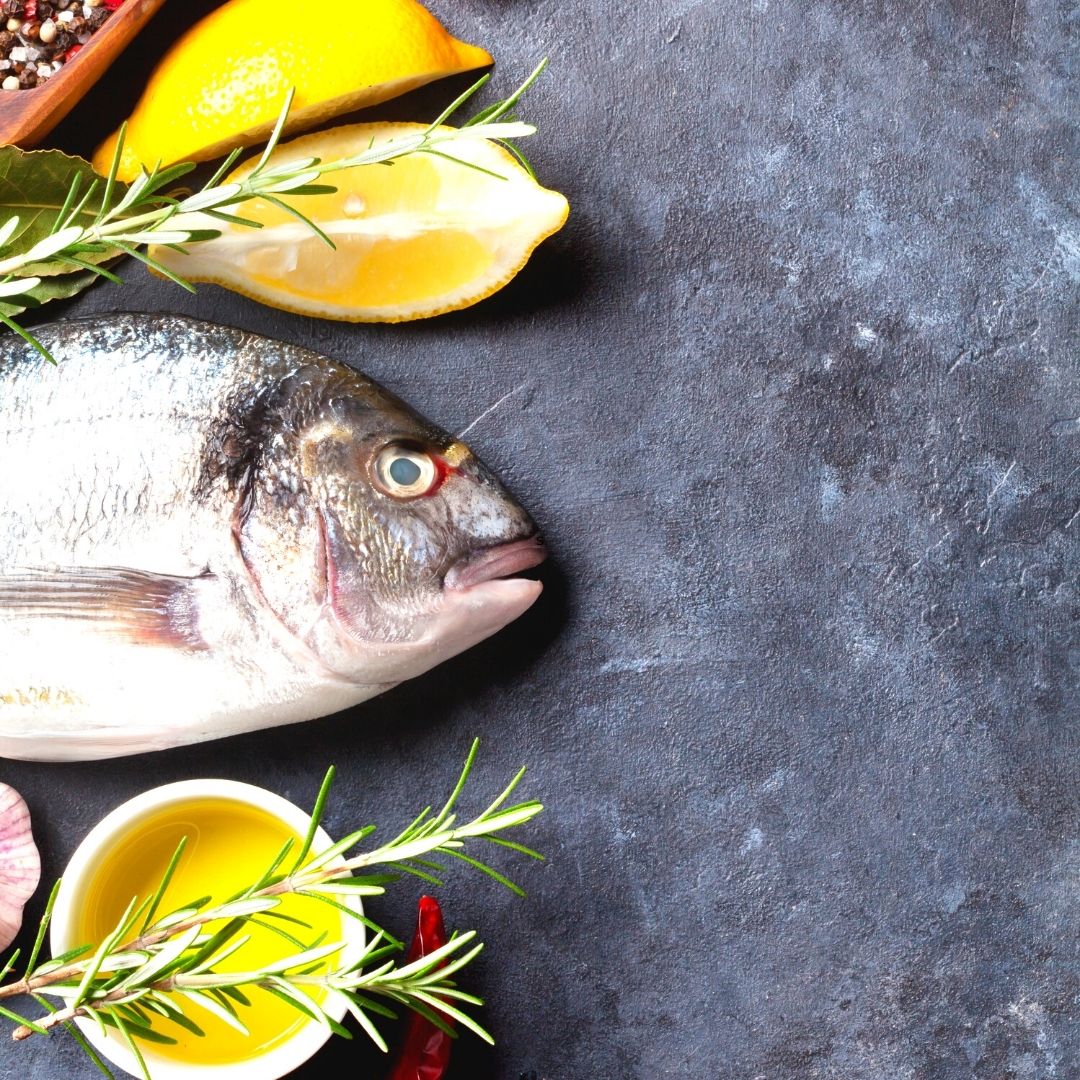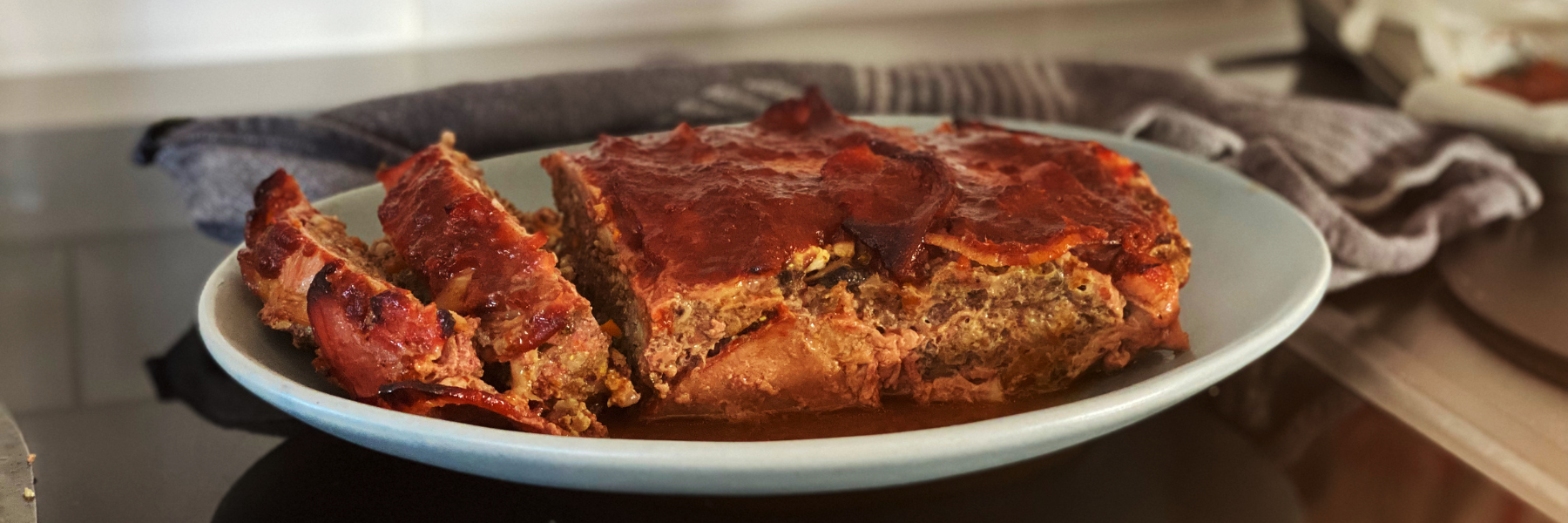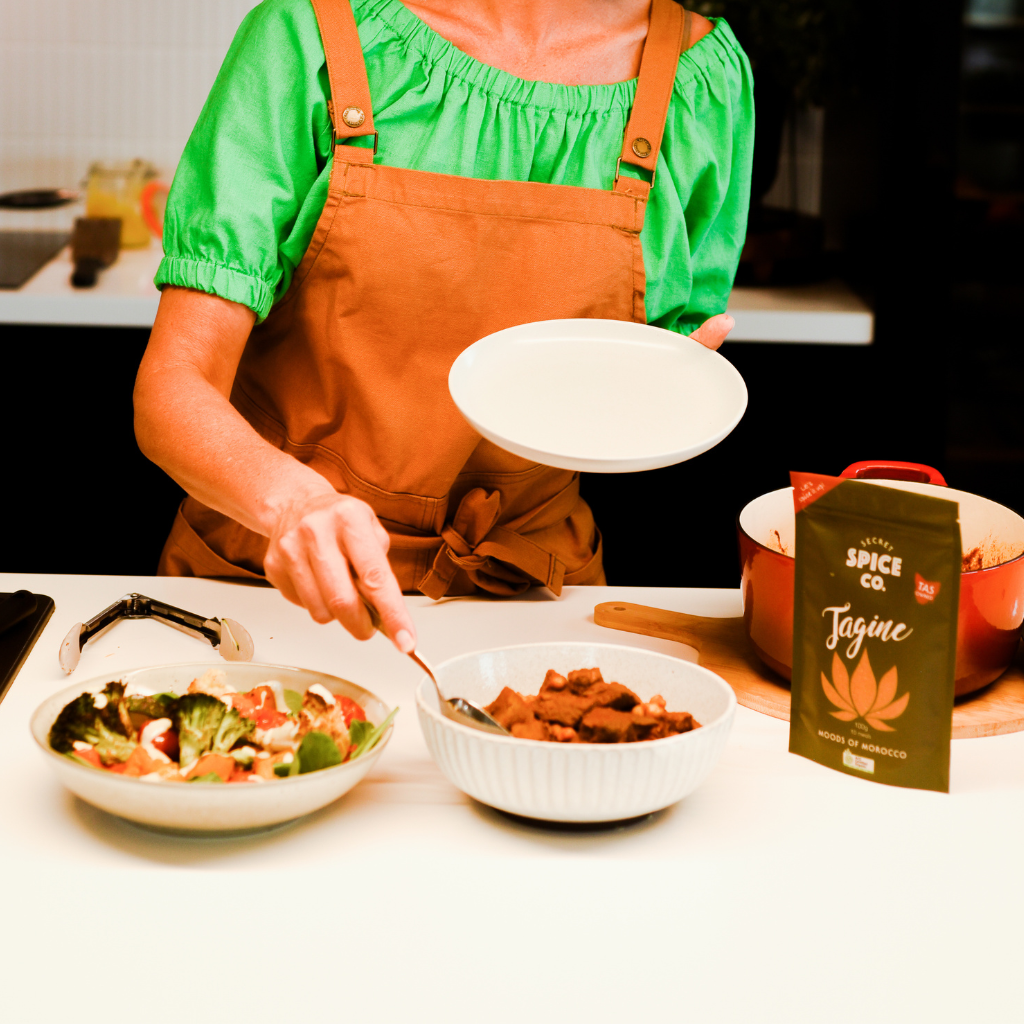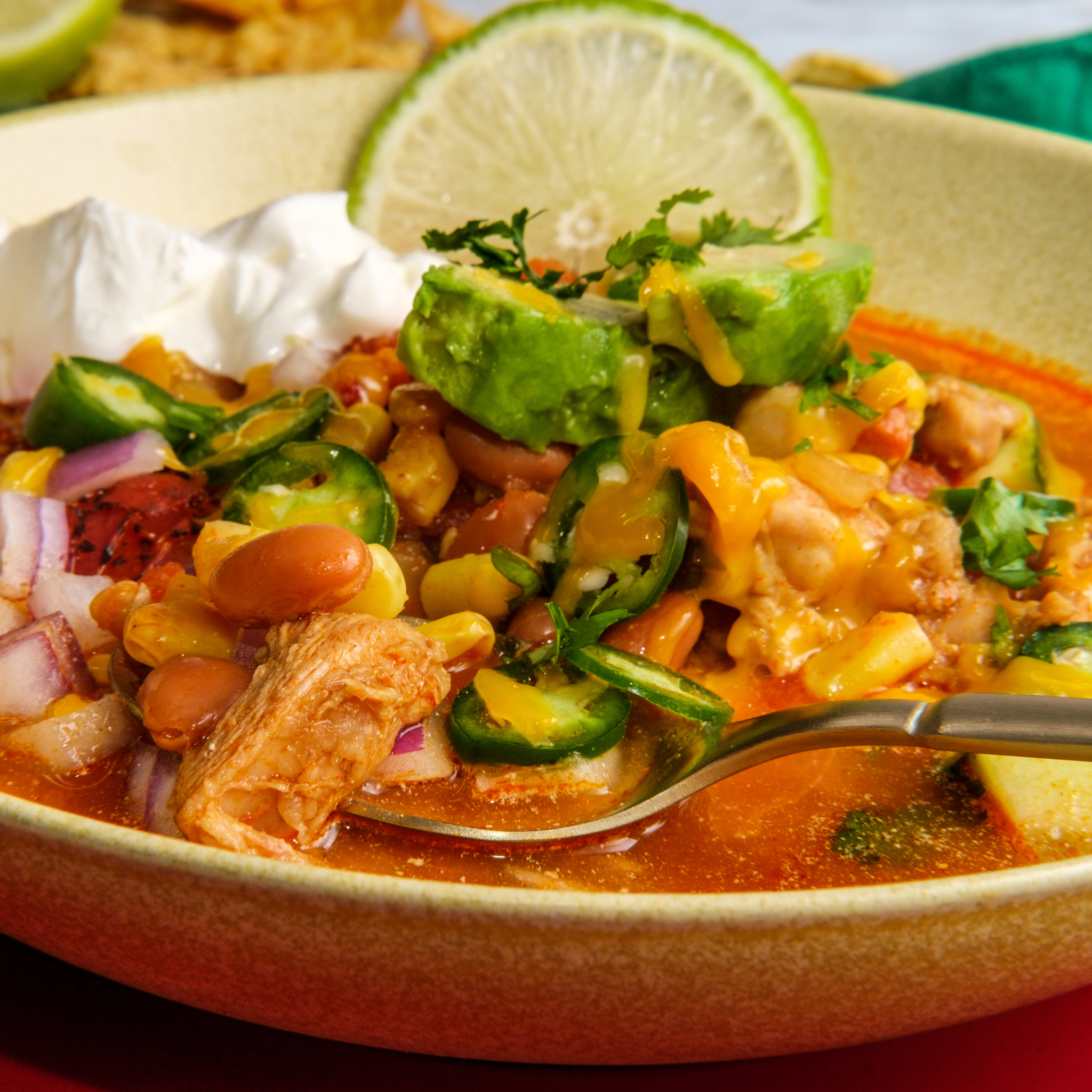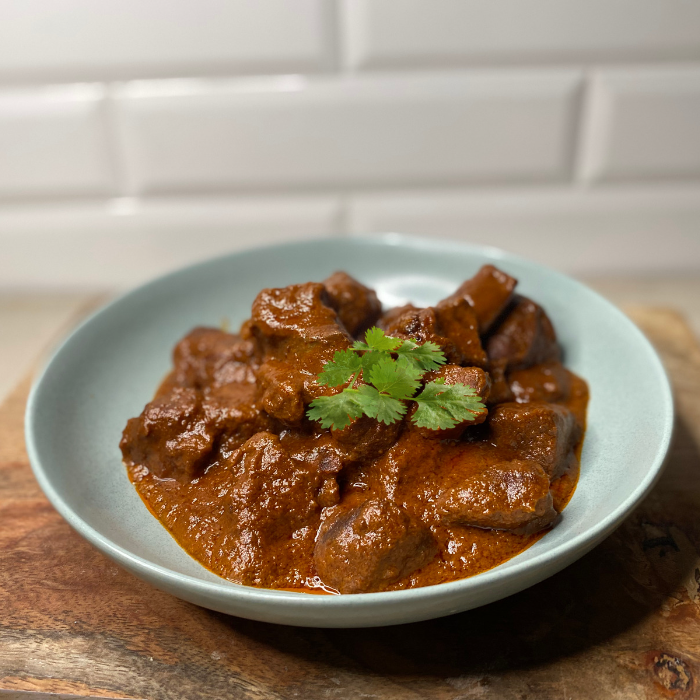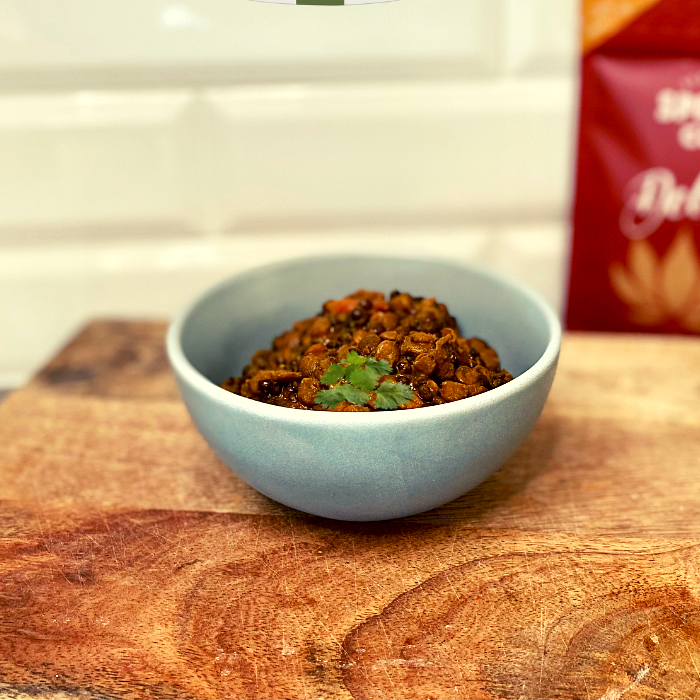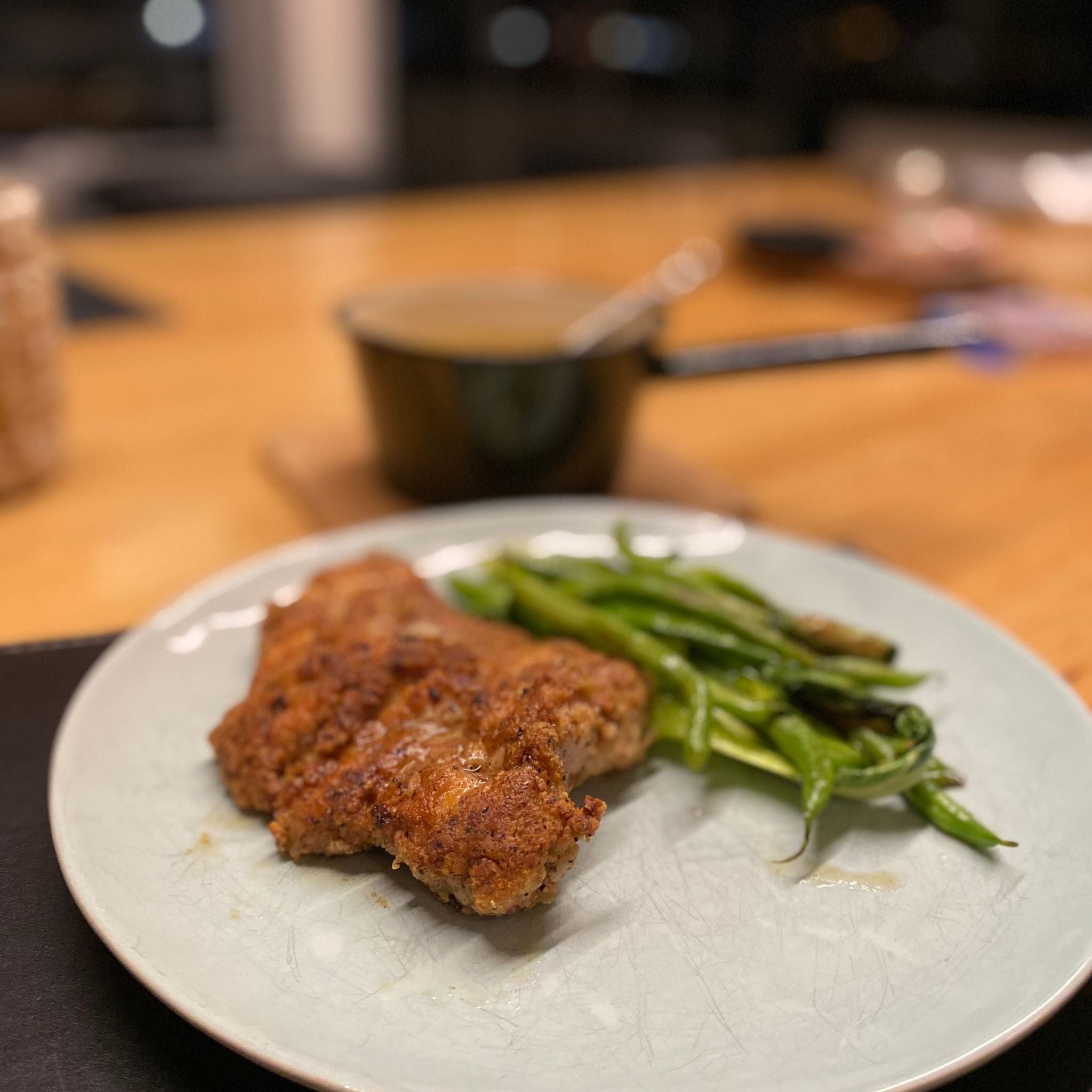We all know eating a bit of seafood each week is super good for you but it is a bit daunting if you've no idea where to start. Here's a little low down on what I think are the key points to getting a tasty piece of seafood on the table.
Cooking fish is an art. Done wrong and the end result is bleh. Dry and grainy in texture - who likes that?
Lucky for me I've always been a bit of a perfectionist and insisted on learning how to cook fish from my Dad growing up at our shack on the NE coast of Tasmania. I fancy myself not too bad at it either so I've got some tips for cooking fish quickly and keeping it tender and moist.
- NEVER EVER wash seafood in fresh tap water unless it is a fresh water fish. Just a swish in the sea at at least knee-depth water to avoid the swirling sand embedding itself in the flesh.
- ALWAYS buy from a local fish monger or at least local to your local State. It's fresher, less likely to be frozen, and you can ask how they're caught. Preferably wild, not farmed. Better still, catch your own.
- Dab it dry with a paper towel if it's been sitting in juices and needs a wipe
- Dust it with a heavily seasoned flour (Dad disagrees here - he's a salt and pepper man!)
- You'll see from the Smokin' Seafood recipe, I use Tapioca flour for a gluten free version.
- Heat your pan to a moderately hot heat and melt a thin layer of coconut oil or pour in some macadamia oil to just cover the bottom.
- If the flour soaks up the oil, then add a little extra. This stops the fish charring and sticking to the pan.
- You don't have to flour the fish, but if you don't, be very careful to not let the pan dry out or it will stick.
- Timing depends on the thickness of the fish. Cut it into pieces that are relatively even so they can be removed when cooked and not left on the pan to dry out.
- Turn when you start to see a colour change from translucent to white on the edges of the fish. If there's skin still on the place this facing up first.
- Once you've turned it to the second side, the segments of meat will start to open up when they're cooked. Have yourself a test piece to cut open and check until you're confident.
Ask your fish monger which is a soft fish and which is firm. Firm fish are great for curries, paella, or any type of stew. They hold their shape better and are generally thicker. Make your sauce first, then just plop the fish in small chunks for a few minutes until cooked.
Soft fish is better to fry in a pan. Steaming or stewing soft fish will just turn to mush and put you off even trying!
Unfortunately there are parts of the world that have been ravaged and fish populations are in deep strife. The food chain is at risk once you take out the larger predators. Seafood used to be a delicacy saved for the restaurant or Summer camping. Be mindful of how much you eat and where you get it from.
Hunter gatherers that didn't live by the sea survived for thousands of years without eating seafood so it is not an essential food even though it has major health benefits. There are so many foods available to us that there are other choices just as good.
Get adventurous with your seafood!
Kimberly xo


